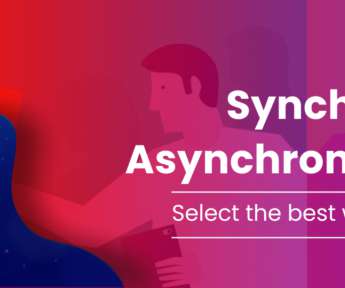How to Design Fantastic M-Learning with 9 Guidelines
Infopro Learning
FEBRUARY 16, 2017
Remember, your learners will be mobile and agile, and an m-learning module should be available to the learners both online and offline. Interactions with other learners can include both synchronous and asynchronous for communication and collaboration. You can use interactions like skype, wikis, podcast etc.
















Let's personalize your content